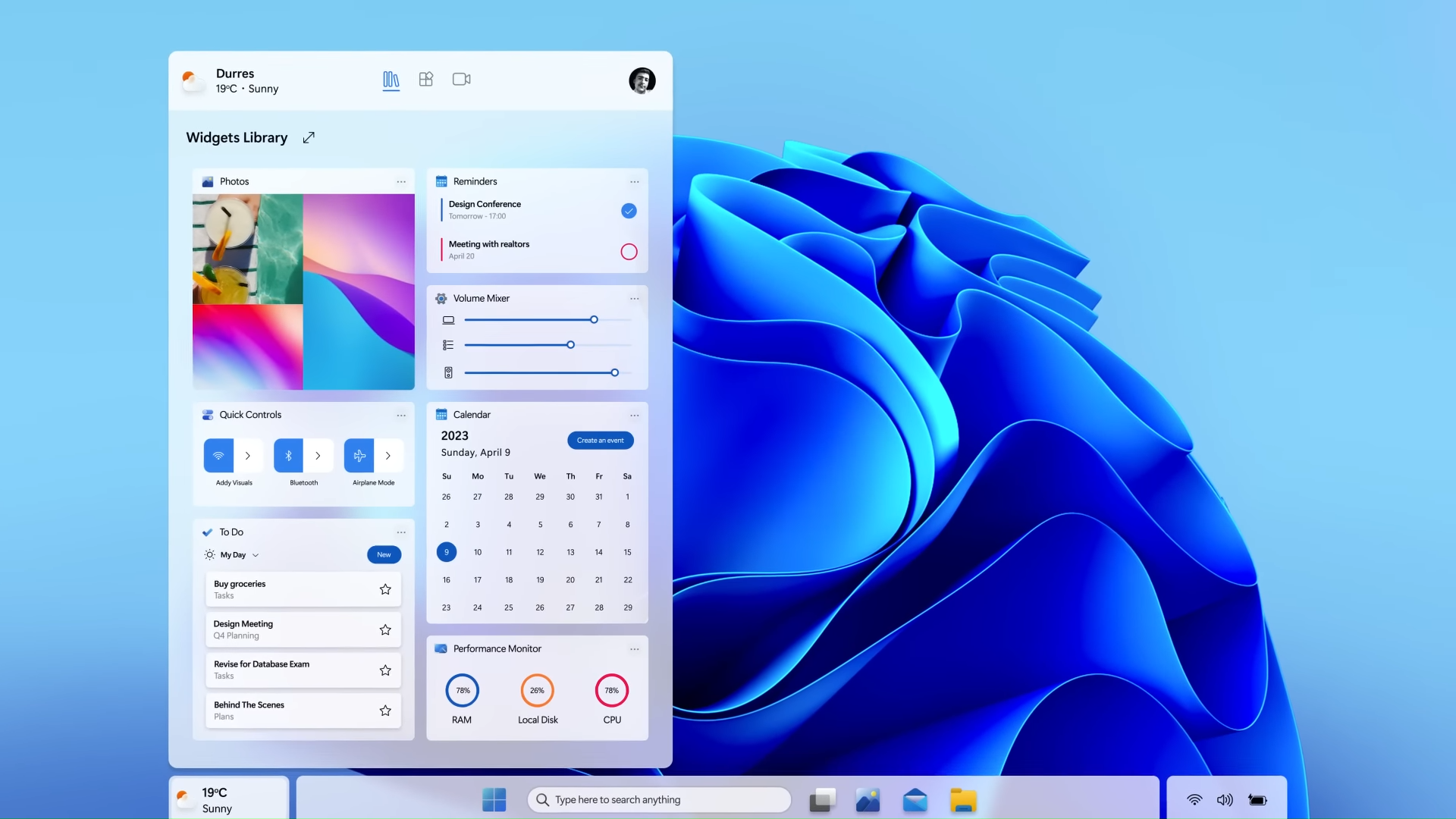What you need to know
- A Windows 12 concept video shows a vision for Microsoft’s next major version of Windows.
- The video includes new options for the taskbar, a redesigned Start menu, and a revamped way of accessing and customizing widgets.
- Microsoft has not confirmed that its next operating system will be named Windows 12, but the company is working on a new major version of Windows.
Microsoft hasn’t confirmed that its next major version of Windows will be called Windows 12, but we do know the company is working on a major update for its operating system. A newly announced Canary Channel for Windows Insiders allows Microsoft to test features and changes for the currently unnamed next major version of Windows.
Even though we’re waiting for official word about Windows 12, fans and enthusiasts are already hard at work designing what they hope to see in Microsoft’s next operating system. Designer and YouTuber Addy Visual recently shared a Windows 12 concept video (via Neowin). It includes several features that people have requested and some new ideas.
To kick things off, the video shows a new concept for the Start menu that blends together elements from Windows 11 and Windows 10. The overall esthetic is similar to Windows 11, but the functionality is more like that of Windows 10, such as the All programs list appearing more prominently. Widgets also live within the Start menu in the concept.
The taskbar receives lots of love in the video, including dynamic elements that show information and notifications and the option to click part of the taskbar to summon widgets. Those widgets can then be placed onto the desktop as well.
A concept that extends throughout the video is choice. Many complained about Microsoft removing options when it moved from Windows 10 to Windows 11. In contrast to what Microsoft did, the video by Addy Visuals shows options to have a separate taskbar or one that extends all the way across the screen.
App groups are back as well, which would be a welcome return for many who used the feature on Windows 10. Similar functionality is available on smart phones and tablets as well.
A redesigned File explorer, and a couple ideas for new features round out the video.
Of course, this is only a concept video. Designing an operating system with moving parts takes extensive work and coding. Microsoft can’t just drag and drop elements it wants to change and have them work smoothly. Additionally, the company has to consider usability, backward compatibility, and several other factors when creating an OS.





